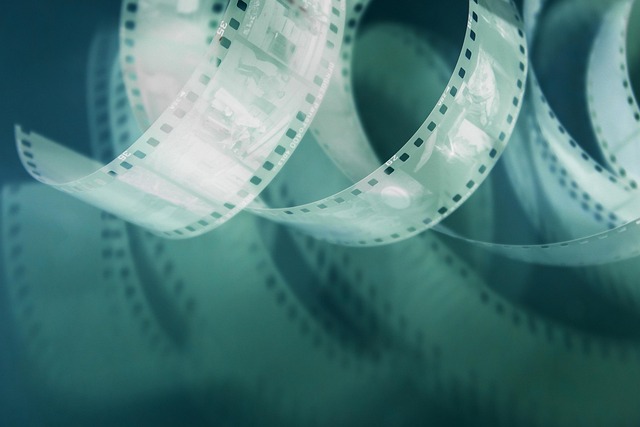
Exploring the Impact of Film Adaptations on Modern Entertainment and Culture
The realm of cinema has long served as a mirror reflecting societal changes, cultural shifts, and our collective consciousness. At the heart of this reflection lies the phenomenon of film adaptations, where stories born in the pages of literature, graphic novels, or even historical events find new life on the silver screen. The impact of these adaptations on modern entertainment and culture is profound, shaping not only what we watch but how we perceive narratives themselves.
In today’s fast-paced society, audiences are continually bombarded with content. With the proliferation of streaming platforms, the demand for diverse and engaging storytelling has never been higher. This urgency has prompted filmmakers to adapt existing works, tapping into beloved narratives that have already captured the hearts of many. The success of adaptations such as The Lord of the Rings,” “The Handmaid’s Tale,” and “Dune” speaks volumes about how familiar stories can be reimagined for new generations. These adaptations bring a sense of nostalgia while also inviting fresh interpretations and visual spectacles that enrich our viewing experience.
However, the influence of film adaptations extends far beyond entertainment value. They often act as cultural touchstones, initiating discussions around themes such as identity, morality, and the human experience. For instance, the adaptation of classic literary works can introduce younger audiences to significant historical contexts and literary themes they might otherwise overlook. Furthermore, modern adaptations frequently incorporate contemporary issues, bridging the gap between the original narratives and today’s societal challenges. This melding of past and present not only revitalizes the source material but also engages audiences in critical conversations reflecting our modern lives.
Moreover, film adaptations represent a democratization of storytelling, where diverse voices can find their way into mainstream cinema. The surge in adaptations of stories from marginalized communities or unfamiliar cultures expands representation, allowing for more authentic portrayals of varied human experiences. Films like “Crazy Rich Asians” and “Black Panther” have showcased that embracing cultural narratives resonates with audiences worldwide, empowering them to share their stories and experiences through the medium of film.
The aesthetic appeal of visual storytelling also plays a critical role in the impact of film adaptations on culture. Directors and cinematographers can interpret source material through various lenses, infusing their unique styles and perspectives. This artistic freedom not only captivates viewers but evokes emotional responses that written words may not always convey. For instance, Harry Potter fans can feel an almost palpable magic as the beloved world is brought to life, complete with dazzling visuals and immersive soundscapes. Thus, the power of film adaptation lies in its ability to synthesize narrative depth with visual artistry, creating an experience that resonates long after the credits roll.
As we navigate the complex relationship between modern entertainment and culture, it is essential to recognize the transformative potential of film adaptations. They serve as gateways to legacy, innovation, and connection. In a time when storytelling is more necessary than ever, adaptations allow us to explore diverse cultures and experiences, fostering empathy and understanding in our ever-changing world. It is this shared journey through adaptations that not only entertains us but also enriches our cultural fabric, connecting us through the universal language of storytelling.



